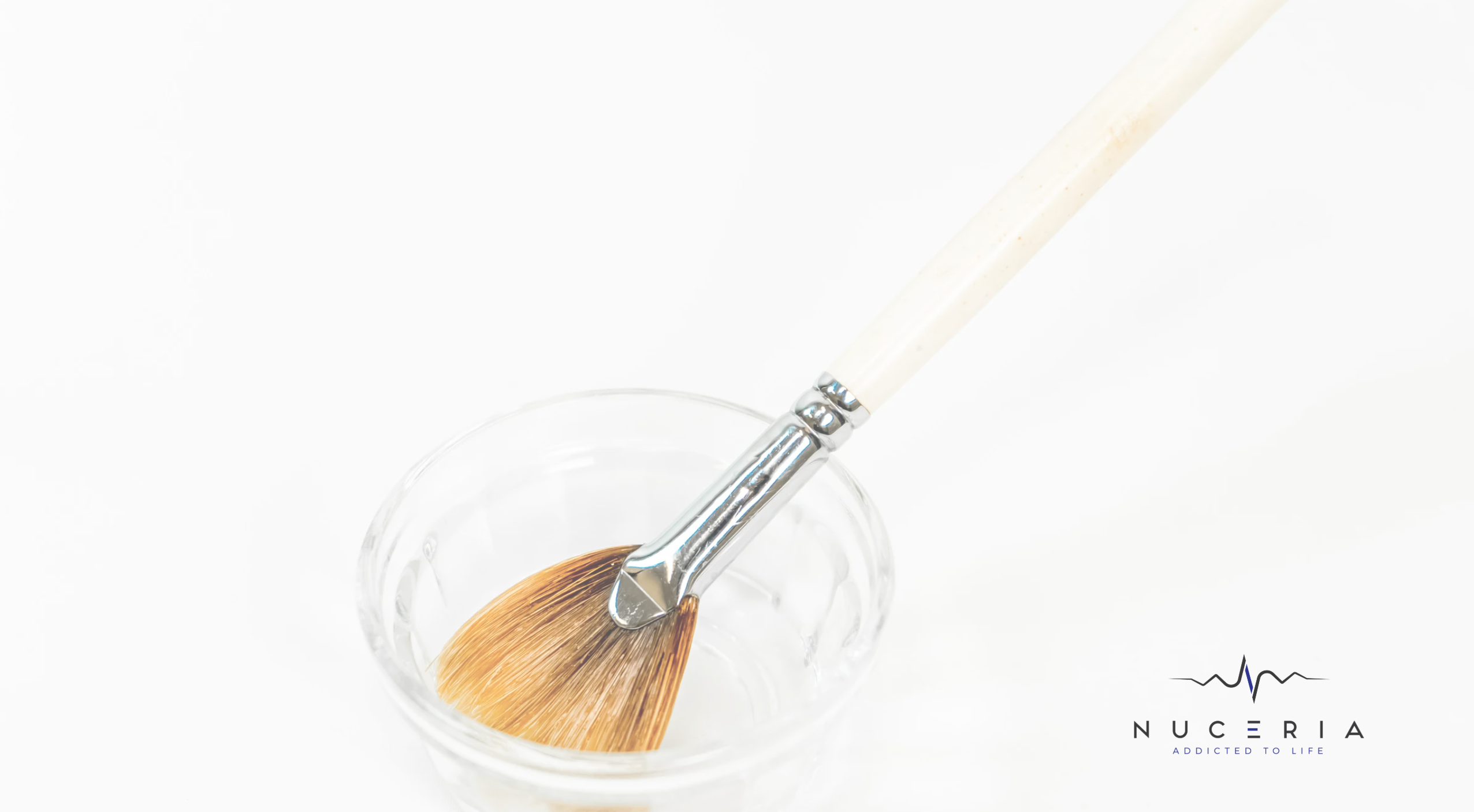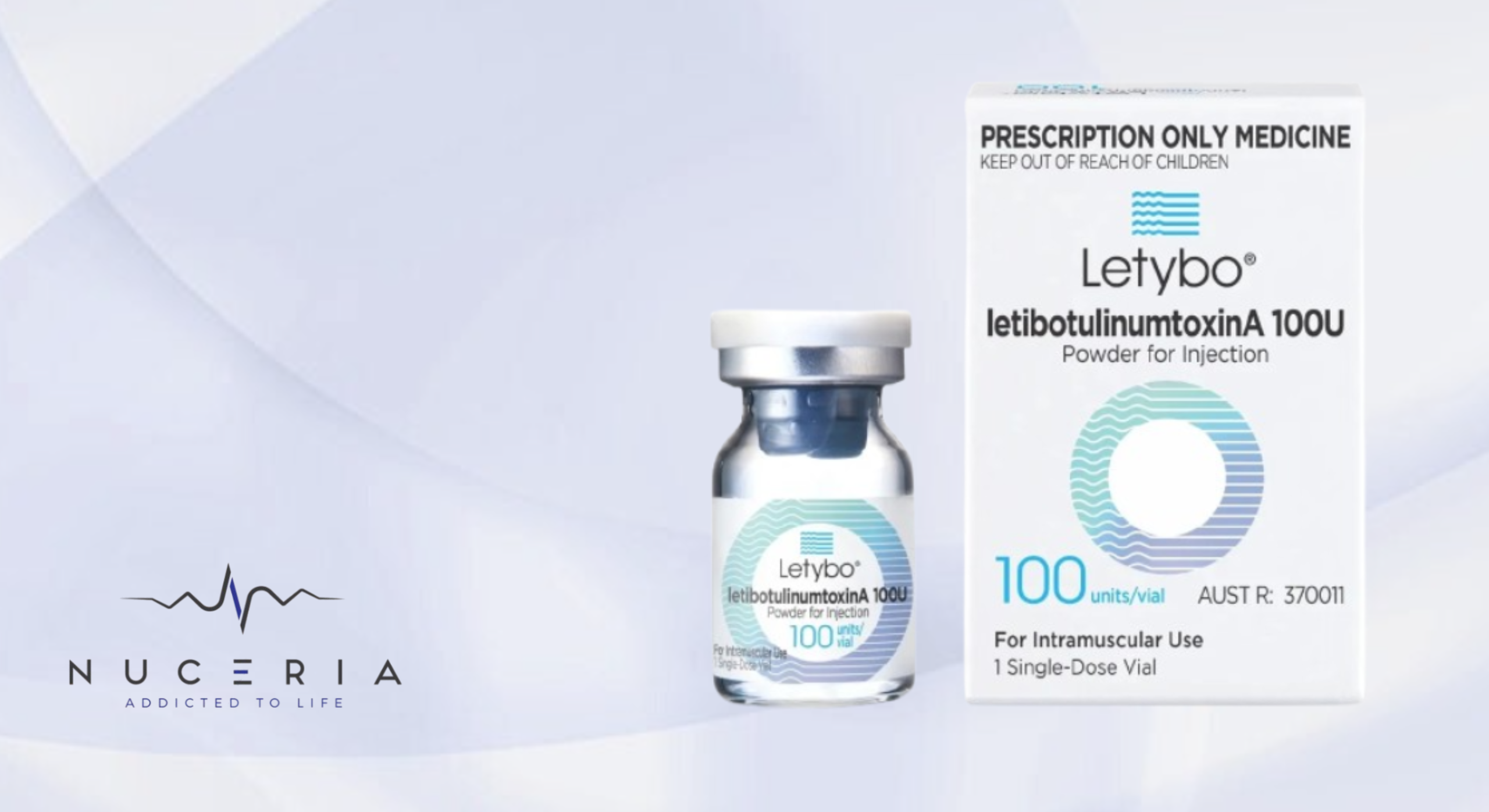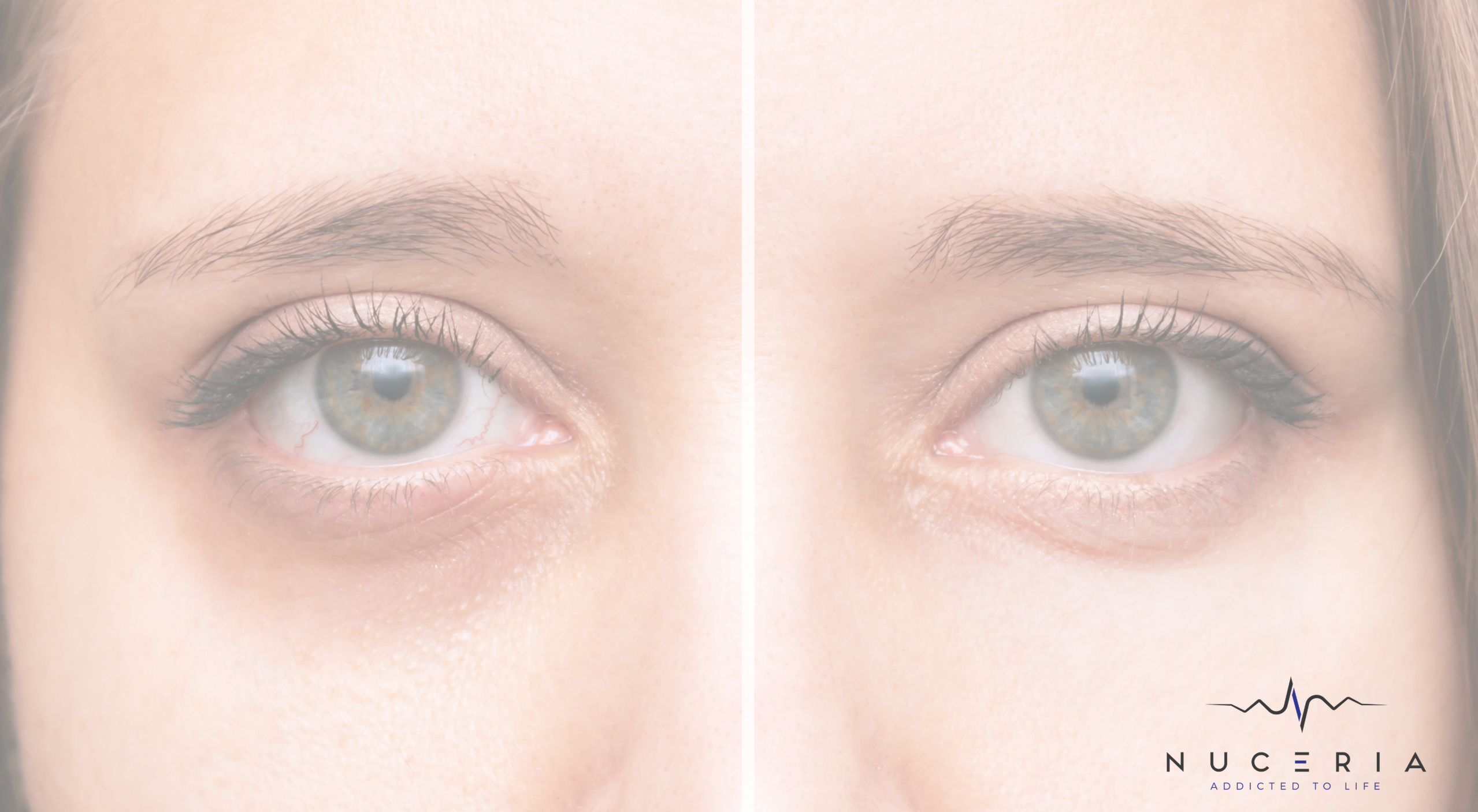Transform Your Skin: Explore the Power of Chemical Peels
Chemical peels have emerged as transformative treatments, promising radiant and rejuvenated skin. The popularity of these procedures is a testament to the growing fascination with achieving a flawless complexion. Among the array of chemical peels, one variant stands out for its unparalleled efficacy - the phenol chemical peel.
Chemical Peels Unveiled:
These procedures involve applying specific solutions to the skin, removing damaged outer layers, and revealing a smoother, younger-looking complexion underneath. This skincare method has gained widespread acclaim for effectively addressing various skin conditions, including acne or its scars, fine lines, wrinkles, irregular skin pigmentation, rough skin, scaly patches, certain scars, and sun-damaged skin.
The Essence of Phenol Chemical Peels:
Phenol, a potent chemical compound, takes center stage in these peels, offering a deep and intensive treatment beyond the skin's surface layers. Phenol peels outshine their counterparts in addressing severe skin imperfections, making them a preferred choice for those seeking a dramatic and lasting transformation.
Unique Benefits of Phenol Peels:
-
Remarkable Depth of Penetration: Phenol peels penetrate deeply into the skin, reaching the dermal layers. This depth allows them to effectively tackle pronounced wrinkles, deep-seated scars, and substantial sun damage.
-
Collagen Stimulation for Structural Renewal: Beyond surface improvements, phenol peels stimulate collagen production. This structural renewal enhances skin elasticity, firmness, and youthful appearance.
-
Comprehensive Pigmentation Correction: Phenol peels excel in addressing hyperpigmentation concerns, such as age spots and stubborn discoloration. These peels provide a harmonious and even skin tone by targeting melanin-rich areas.
-
Long-lasting Results: One of the most notable advantages of phenol peels is their potential for long-lasting results. The profound impact on skin structure often translates into enduring improvements, minimizing the need for frequent repeat procedures.
Who is Eligible for Deep Chemical Peels?
Dermatologists typically recommend phenol chemical peels for individuals with specific skin concerns that require a more intensive and deep-reaching solution due to their potent nature. Here are factors to consider when determining if someone is a suitable candidate for a phenol chemical peel:
-
Significant Skin Imperfections: Phenol peels are effective for deep wrinkles, severe sun damage, and pigmentation irregularities, providing a comprehensive transformation.
-
Good Overall Health: Candidates for phenol peels must be in good health and undergo a thorough medical evaluation to ensure they can withstand the profound penetrating impact of the peel.
-
Fair to Light Skin Tones: Doctors generally recommend phenol peels for individuals with fair to light skin tones. Individuals with darker skin tones may be at a greater risk of post-inflammatory hyperpigmentation, making alternative treatments more suitable.
-
Understanding Downtime: Prospective candidates must be willing to undergo a more extended recovery than milder peels. Phenol peels often involve significant downtime, including swelling, redness, and peeling, lasting several weeks.
-
Realistic Expectations: It's essential for people contemplating phenol peels to maintain practical anticipations regarding the results. While these peels offer dramatic improvements, you may need multiple sessions for optimal results.
Risks of Phenol Chemical Peel:
-
Hyperpigmentation and Hypopigmentation: Phenol peels can lead to changes in skin pigmentation. There is a risk of hyperpigmentation (darkening) or hypopigmentation (lightening) of the treated areas, particularly in individuals with darker skin tones.
-
Scarring: The deep-penetrating nature of phenol peels increases the risk of scarring, mainly when a skilled professional does not perform them or when individuals do not diligently follow post-treatment care instructions.
-
Infection: As with any invasive procedure, there is a potential risk of infection. Strict adherence to post-treatment hygiene protocols is crucial to minimize this risk.
-
Delayed Healing: Phenol peels may extend the healing process, leading to prolonged redness, swelling, and peeling. Individuals should prepare for a more extended downtime compared to milder chemical peels.
-
Altered Skin Texture: The aggressive nature of phenol peels can sometimes result in changes to the skin texture, including roughness or unevenness. This risk underscores the importance of precise application and post-treatment care.
-
Cardiac Risks: The bloodstream absorbs phenol, potentially risking individuals with cardiac issues. A thorough medical evaluation is essential to identify and mitigate these risks.
-
Sensitivity to Sun Exposure: Following a phenol peel, the skin becomes more susceptible to sun damage. Individuals must avoid excessive sun exposure and use sun protection to minimize the risk of complications.
-
Allergic Reactions: Although rare, allergic reactions to the components of the phenol solution can occur. It's advisable to conduct a patch test before the procedure to detect possible allergies.
-
Persistent Redness: Some individuals may experience persistent redness, which may take an extended period to resolve. Monitor this common side effect for any signs of complications.
-
Individual Variability: The reaction to phenol peels varies among individuals. Factors like skin type, health status, and adherence to post-treatment care instructions contribute to the overall risk profile.
Investigating Various Kinds of Chemical Peels: A Comparative Study
Chemical peels offer various options to address skin concerns, and understanding the differences is crucial for choosing the most suitable treatment. Here, we compare phenol peels with other types, shedding light on their unique advantages:
Superficial Peels:
-
Depth of Penetration: Superficial peels primarily target the outermost layer of the skin (epidermis).
-
Ingredients: Typically use mild acids like alpha hydroxy acids (AHAs) or beta hydroxy acids (BHAs).
-
Advantages: Minimal downtime, suitable for addressing fine lines, mild pigmentation issues, and enhancing skin texture.
Medium Peels:
-
Depth of Penetration: Penetrate more deeply into the skin, reaching the outer and middle layers (dermis).
-
Ingredients: Employ a more concentrated solution, often containing trichloroacetic acid (TCA).
-
Advantages: Effective for moderate concerns such as age spots, wrinkles, and acne scars.
Comparative Analysis - Phenol Peels:
|
Criteria |
Superficial Peels |
Medium Peels |
Deep Peels (Phenol) |
|
Depth of Penetration |
Outermost layer (epidermis) |
Outer and middle layers (dermis) |
Deepest layers of the skin |
|
Ingredients |
Mild acids (AHAs, BHAs) |
Concentrated solution (TCA) |
Phenol or high concentrations of TCA |
|
Advantages |
Minimal downtime, suitable for fine lines, mild pigmentation issues, improved skin texture |
Effective for moderate concerns (age spots, wrinkles, acne scars), balance between superficial and deep peels |
Ideal for severe imperfections (deep wrinkles, extensive sun damage, significant pigmentation irregularities), collagen stimulation, comprehensive pigmentation correction, long-lasting results |
|
Collagen Stimulation |
Limited |
Moderate |
Significant stimulation in structural renewal, contributing to improved elasticity and firmness |
|
Pigmentation Correction |
Limited effectiveness |
Moderate effectiveness |
Superior ability for comprehensive pigmentation correction, providing a harmonious and even skin tone |
|
Long-lasting Results |
Temporary improvements |
Longer-lasting than superficial peels, may require periodic treatments |
Enduring improvements, reduced need for frequent repeat procedures |
|
Downtime Considerations |
Minimal |
Longer recovery period compared to superficial peels, with possible redness and peeling |
Substantial downtime, with potential swelling, redness, and peeling lasting several weeks |
Before Your Peel, You Might Also Need to:
-
Consultation: Consult your skincare professional thoroughly to discuss your skin concerns, medical history, and expectations.
-
Skin Assessment: Examine your skin to determine its suitability for the chosen chemical peel type and customize the treatment plan.
-
Product Adjustment: Possible adjustment of your skincare routine, including discontinuing certain products, to prepare your skin for the peel.
-
Pre-Peel Instructions: Clear instructions from your skin care professional about pre-peel care, including avoiding sun exposure, certain medications, and specific skincare products.
-
Skin Patch Test: Sometimes, a patch test may assess how your skin reacts to the peel solution.
-
Understanding Downtime: Discuss the expected downtime, potential side effects, and what you can anticipate during recovery.
What to Expect During Different Types of Chemical Peels, including a Phenol Peel:
|
Aspect |
During the Procedure |
During a Light Chemical Peel |
During a Medium Chemical Peel |
During a Deep Chemical Peel (Phenol) |
|
Depth of Peel |
Varies based on the type of chemical peel |
Superficial (Outermost layer) |
Middle layers (Outer and middle layers of the skin) |
Deepest layers of the skin |
|
Sensation |
Sensations may include tingling, warmth, or a mild burning sensation |
Mild tingling or burning sensation |
Moderate discomfort, potentially managed with a cooling system |
Generally requires anesthesia, so minimal discomfort is felt |
|
Procedure Time |
Varies based on the depth and area of the peel |
Quick, often referred to as "lunchtime peels" |
Longer than superficial peels, typically less than an hour |
Can take a few hours due to the meticulous and thorough nature of the procedure |
|
Application Method |
Applied by a skincare professional using a brush or applicator |
Applied evenly using a cotton ball or brush |
Applied carefully with precision, ensuring an even distribution of the peeling solution |
Precise application by a trained professional, ensuring uniform coverage |
|
Possible Side Effects |
Minimal during the procedure, redness may occur |
Mild redness and a warm sensation during application |
Increased redness, possible swelling during application |
Immediate skin whitening, may experience redness and swelling |
|
Monitoring Skin Reaction |
Continuous monitoring by the professional during the procedure |
Constant assessment of the skin's response |
Regular checks to gauge the skin's reaction throughout the process |
Vigilant monitoring, adjusting based on the skin's response |
|
Anesthesia Usage |
Depends on the depth and patient's pain tolerance |
Generally not required |
May or may not use a local anesthetic depending on patient comfort |
Typically involves the use of anesthesia for patient comfort |
|
Post-Procedure Cooling |
Cooling measures may be applied immediately after the procedure |
Cool compresses or a fan may be used to ease any discomfort |
Cooling may be more extensive, such as a cool air blower |
Cooling measures may include ice packs and a cool air blower |
|
Post-Procedure Instructions |
Instructions provided by the professional for post-peel care |
Guidance on gentle cleansing and moisturizing |
Detailed instructions on post-peel care and potential side effects |
Thorough instructions, including wound care and avoiding sun exposure |
What to Expect After Undergoing a Chemical Peel
*Keep in mind that individual experiences can vary based on the type and depth of the chemical peel. Always follow the specific post-peel instructions provided by your skincare professional.
Day 1-2 Post-Peel:
-
Immediate Effects:
-
Mild redness, similar to a sunburn, is common.
-
Some peeling or flaking may begin, especially with superficial and medium peels.
-
-
Post-Peel Care:
-
Apply any prescribed or recommended post-peel products.
-
Use mild and non-aggravating skincare products to ensure that the skin stays adequately hydrated.
-
Strictly adhere to sun protection measures.
-
Day 3-4 Post-Peel:
-
Skin Changes:
-
Increased peeling and flaking may occur, revealing new skin.
-
Redness might subside.
-
-
Post-Peel Care:
-
Continue applying recommended products for hydration.
-
Avoid picking or pulling at peeling skin.
-
Limit sun exposure and apply sunscreen regularly.
-
Day 5-7 Post-Peel:
-
Further Peeling:
-
Continued peeling or flaking, but intensity diminishes.
-
Redness continues to decrease.
-
-
Post-Peel Care:
-
Gradually reintroduce regular skincare products, avoiding harsh or irritating ingredients.
-
Continue sun protection; the skin is still sensitive.
-
Week 2 Post-Peel:
-
Skin Renewal:
-
Most peeling subsides, revealing refreshed skin.
-
Redness significantly diminishes.
-
-
Post-Peel Care:
-
Resume a regular skincare routine as advised by your professional.
-
Maintain sun protection; the skin remains sensitive to UV exposure.
-
Weeks 3-4 Post-Peel:
-
Optimal Results:
-
Skin tone and texture improvements become more apparent.
-
Any residual redness continues to fade.
-
-
Post-Peel Care:
-
Consider follow-up appointments for further assessment.
-
Continue with sun protection and regular skincare.
-
Months Post-Peel:
-
Long-Term Effects:
-
Continued improvements in skin texture, tone, and pigmentation.
-
Results vary based on the depth of the peel.
-
-
Post-Peel Care:
-
Maintain a consistent skincare routine to support skin health.
-
Schedule additional treatments if recommended.
-
Important Considerations:
-
Sun Protection is Key:
-
UV protection is crucial throughout the entire post-peel period.
-
Minimize sun exposure, and use broad-spectrum sunscreen regularly.
-
-
Individual Variations:
-
Individual responses to peels may differ.
-
Some people may experience minimal peeling, while others may have more noticeable flaking.
-
-
Professional Guidance:
-
Always follow the post-peel care instructions provided by your skincare professional.
-
Communicate any concerns or unusual reactions promptly.
-
Why Choose Nuceria Health for Chemical Peels in Miami?
-
Expertise and Experience
-
Customized Treatment Plans
-
State-of-the-Art Facilities
-
Comprehensive Consultations
-
Post-Treatment Care
To schedule a free consultation or book your appointment, please give us a call at (305) 398-4370.
Request an appointment here: https://mynuceria.com or call Nuceria Health at (305) 398-4370 for an appointment in our Miami office.
Check out what others are saying about our services on Yelp: Wellness Center in Miami, FL.







